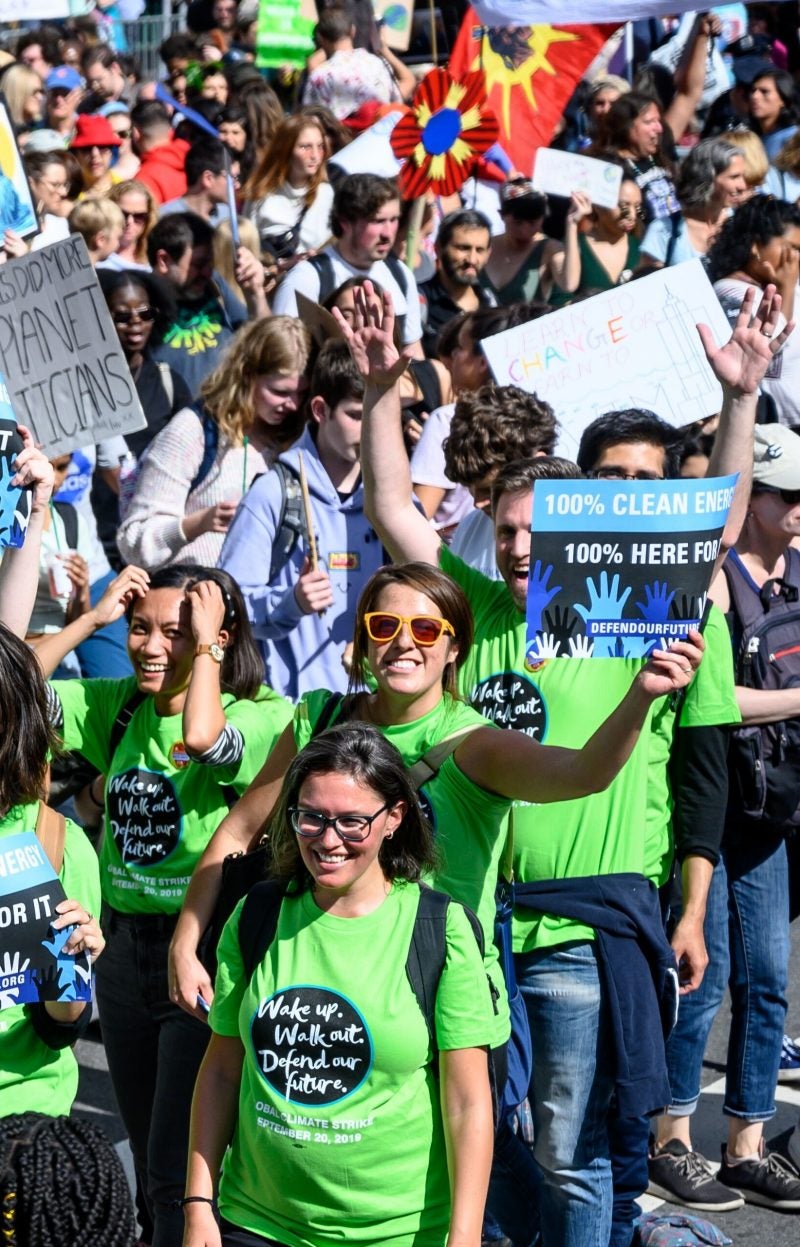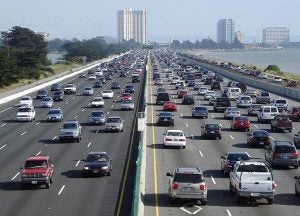This year we have reached Earth Day not only as the country continues to face unimaginable death tolls, but especially as there is an increasing understanding of the ways the coronavirus is compounding existing injustices in our country.
EDF and EDF Action are very fortunate to have recently hired two amazing women, Elise Nelson Leary and Esther Sosa, to lead our engagement work with Latino, African American and other diverse community partners. We recently had a remote conversation with them to reflect on their current work and past experiences with Earth Day and the environmental movement.
“I would never have categorized my family as environmentalists…but that doesn’t mean they don’t care about the earth and its resources”
Question: What were your first memories of Earth Day? Are your families environmentalists? Read More
 Over the course of my professional career, I have observed several protest events. The Global Climate Strike on September 20th marked my first experience as an active, marching, sign-holding protest participant. When I confessed this to one of my colleagues in the NYC office, she rightly asked the question: What took you so long? Good question. Let’s just say that it was an amazing way to cap my fourth week of employment with EDF!The day before the Climate Strike, I had a brief meet and greet with
Over the course of my professional career, I have observed several protest events. The Global Climate Strike on September 20th marked my first experience as an active, marching, sign-holding protest participant. When I confessed this to one of my colleagues in the NYC office, she rightly asked the question: What took you so long? Good question. Let’s just say that it was an amazing way to cap my fourth week of employment with EDF!The day before the Climate Strike, I had a brief meet and greet with  This post was written by EDF attorney Laura Shields
This post was written by EDF attorney Laura Shields  2018 brought with it a torrent of stories that now shape the world we live in and will shape 2019 and years to come.
2018 brought with it a torrent of stories that now shape the world we live in and will shape 2019 and years to come.